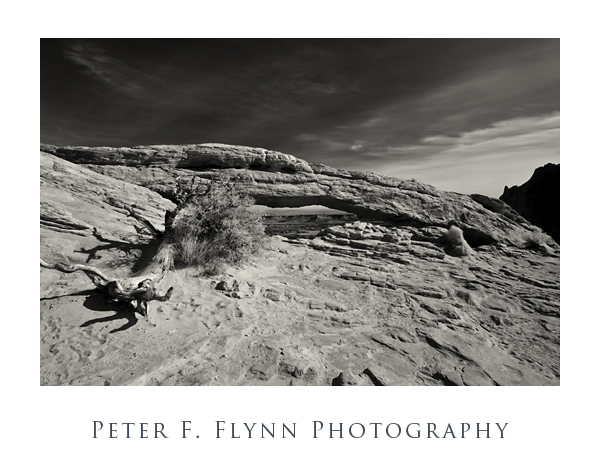One of the most effective ways to record interiors is to employ high dynamic range images (HDR). The approach circumvents the major impediment to indoor captures, e.g., flash, that is always challenging, and frequently simply not an option. In this entry I will submit a few simple examples of the approach in one of my favorite locations.
Timberline Lodge, parked on the southern buttress at the very foot of Mt. Hood, Oregon, is a unique mountain location. Built in the late 1930’s as a Work Projects Administration endeavor, the Lodge is a living museum, containing excellent examples of timeless alpine craftsmanship. The style has been called by some, Oregon Gothic. I like this characterization. This stonework is found around the greater Portland area, and is unique in all of the world: A style raw and heavy, as if built one time, for all time.
Images in this entry were recorded on the evenings of August 19 and 20, 2011, using the NIKON D3s, AF-S NIKKOR 16-35mm f/4G ED VR, and the AF-S NIKKOR 24-70mm f/2.8G ED. Exposure were made at f/8.0 or f/11.0 with shutter speed bracketed to generate exposures at -2.0 EV, 0 EV, and +2.0 EV. The two images above were recorded from the third floor of the Lodge. The next three images were made on the second floor, and the final three images were made on the ground floor.
The Lodge is open to the public, and can be visited year-round. The Lodge is a working inn as well, with a wide variety of rooms, some of the suites quite large, a formal restaurant (Cascade Dining Room) and two bars (Ram’s Head and Blue Ox). It is a joy to wander around the place, as there are many alcoves and secret places, back staircases (formally closed to the public, whatever) lead to all sorts of interesting rooms…
Those of you who have visited the Lodge will wonder why there are no people in the images. During the day, at least during summer, the Lodge is mobbed and shooting an HDR sequence is virtually impossible. One of the big benefits for photographers of staying at the Lodge is that you can shoot in the late evening and early morning hours pretty much unobstructed – this is a critical advantage for HDR imaging.
HDR images were generated based on the bracketed captures using Nik HDR Efex Pro, with additional image enhancement using Nik Vivaz 2 and Nik Color Efex Pro 3.0. A dedicated follow-up entry on HDR generation and processing will appear ASAP.
For additional information on the history of Timberline Lodge I recommend the Friends of Timberline site: Find it here.
Copyright 2011 Peter F. Flynn. No usage permitted without prior written consent. All rights reserved.








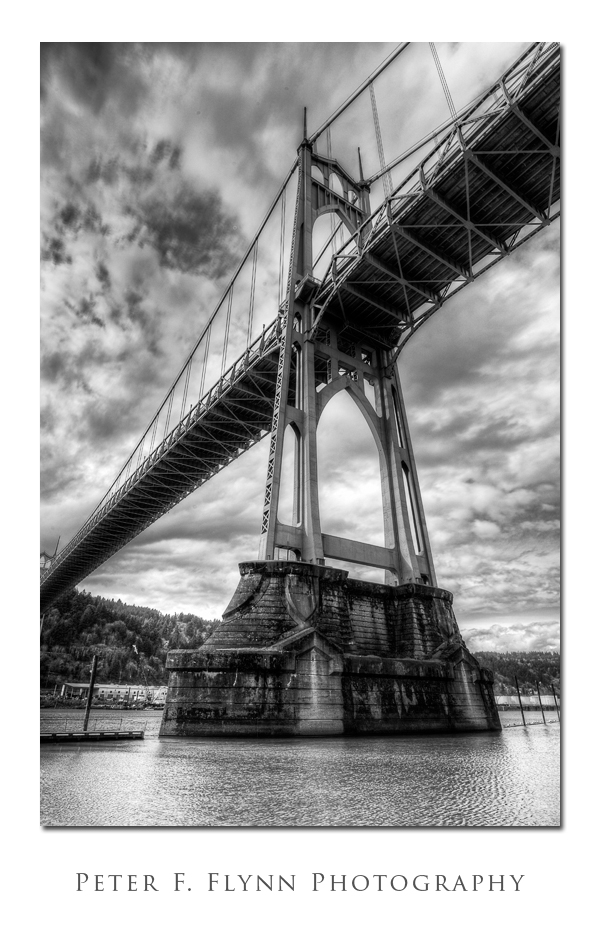
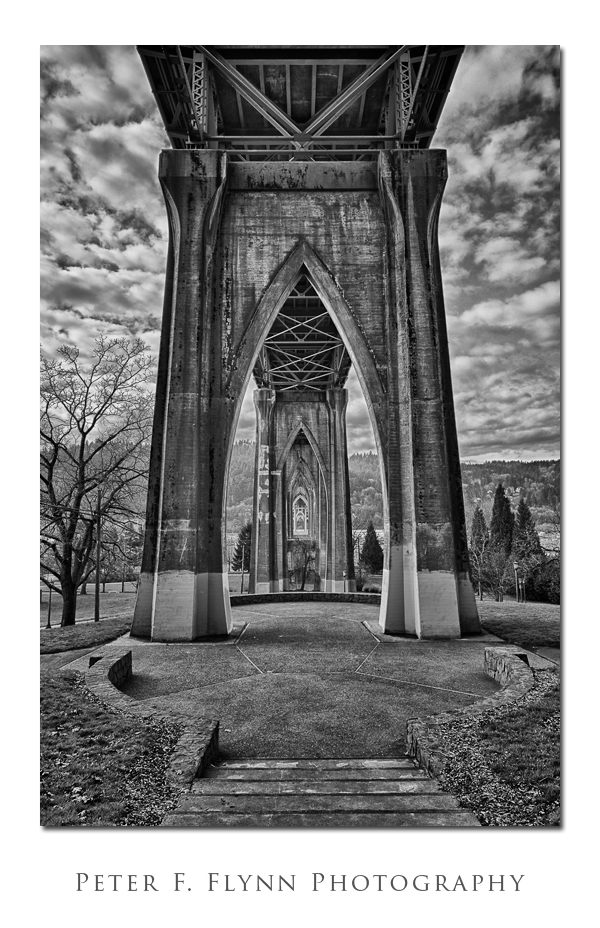
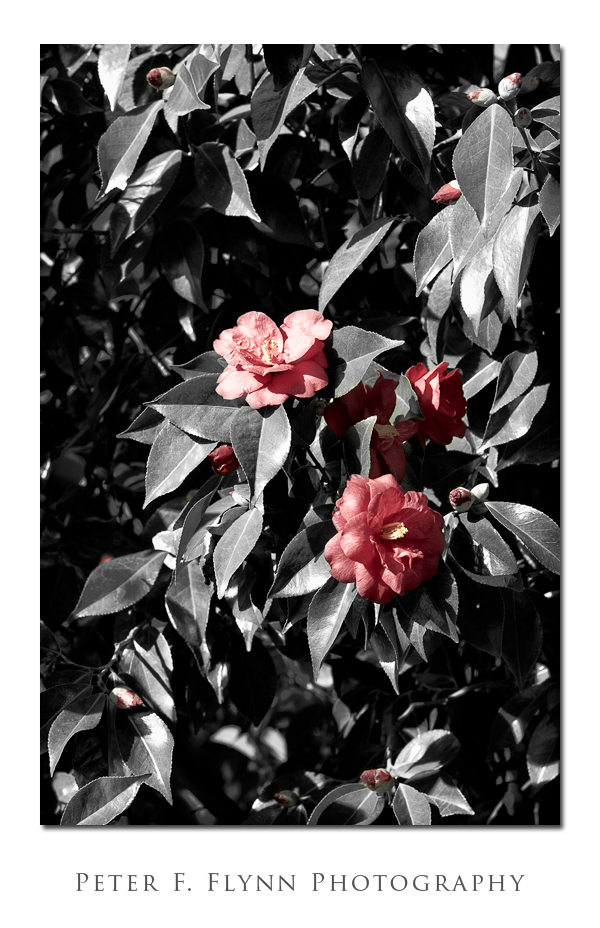
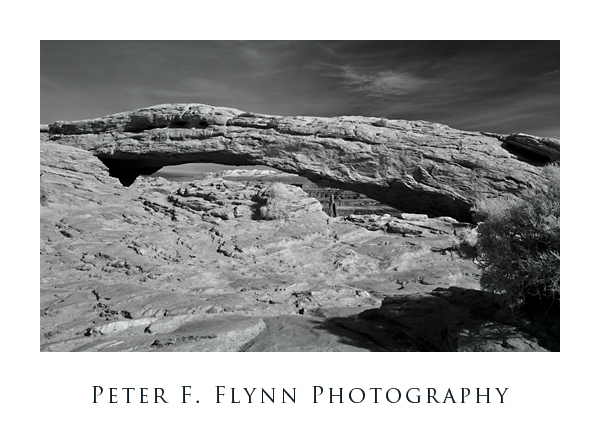 The IR image above, looking west through the arch to the La Sal Mountains and Shafer Basin was recorded on February 15, 2009 at around 15:00 MST using the Nikon D200IR (see the March 6, 2009 entry for details) and the AF-S DX Zoom NIKKOR 12-24mm f/4 IF-ED lens at 18mm. Exposure was f/16 at 1/20s, ISO 100.
The IR image above, looking west through the arch to the La Sal Mountains and Shafer Basin was recorded on February 15, 2009 at around 15:00 MST using the Nikon D200IR (see the March 6, 2009 entry for details) and the AF-S DX Zoom NIKKOR 12-24mm f/4 IF-ED lens at 18mm. Exposure was f/16 at 1/20s, ISO 100.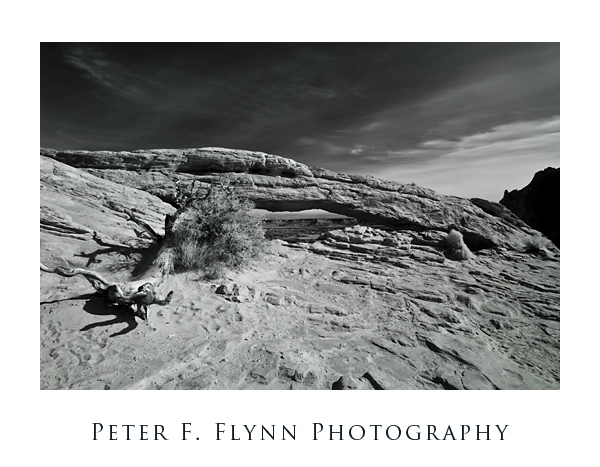 The image above; looking west-southwest, was recorded using the Nikon D200IR and the AF-S DX Zoom NIKKOR 12-24mm f/4 IF-ED lens at 12mm. Exposure was f/16 at 1/25s, ISO 100. The image below is identical the one shown above, apart from application of a coffee tone. Toning was applied using
The image above; looking west-southwest, was recorded using the Nikon D200IR and the AF-S DX Zoom NIKKOR 12-24mm f/4 IF-ED lens at 12mm. Exposure was f/16 at 1/25s, ISO 100. The image below is identical the one shown above, apart from application of a coffee tone. Toning was applied using 